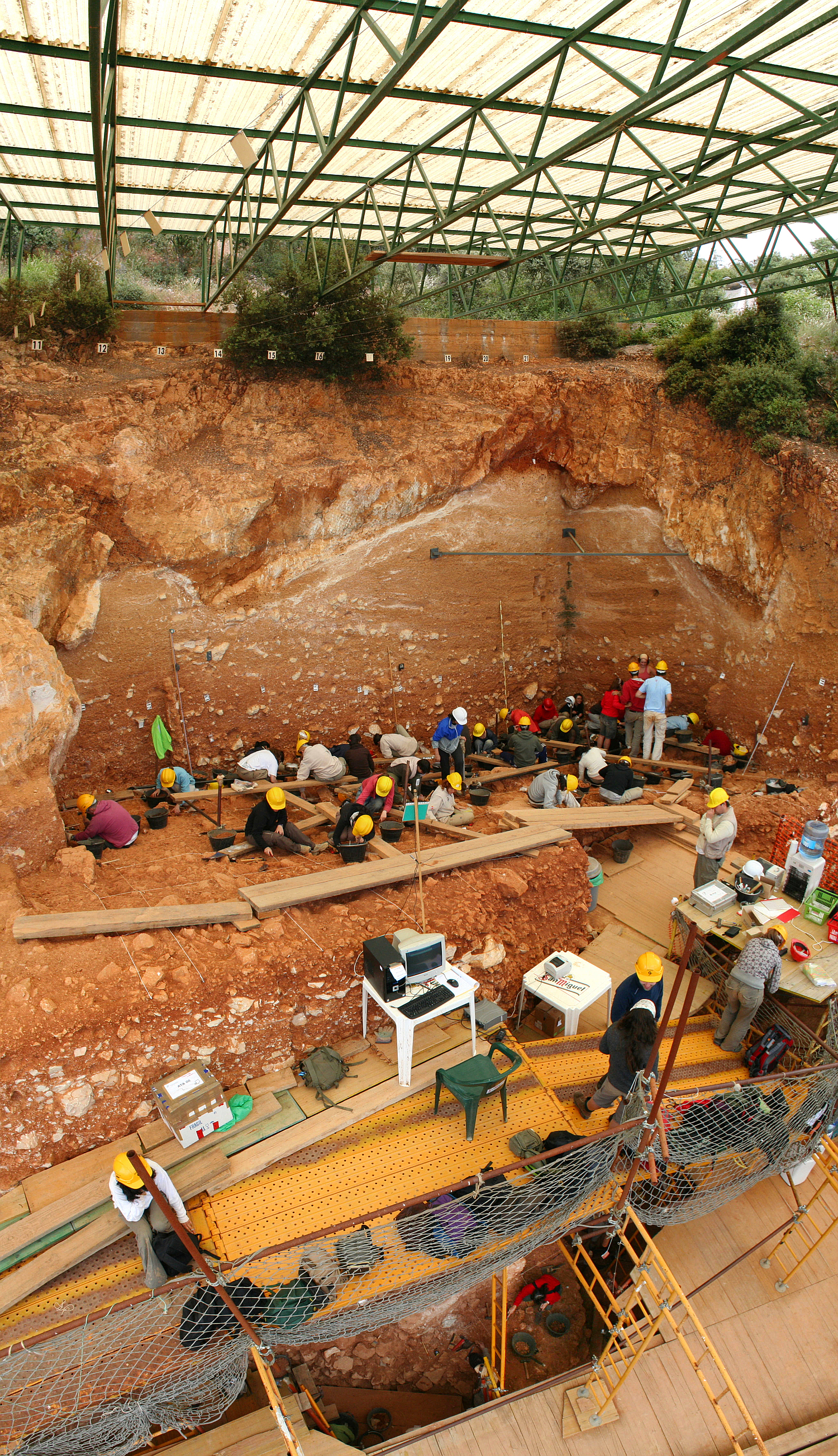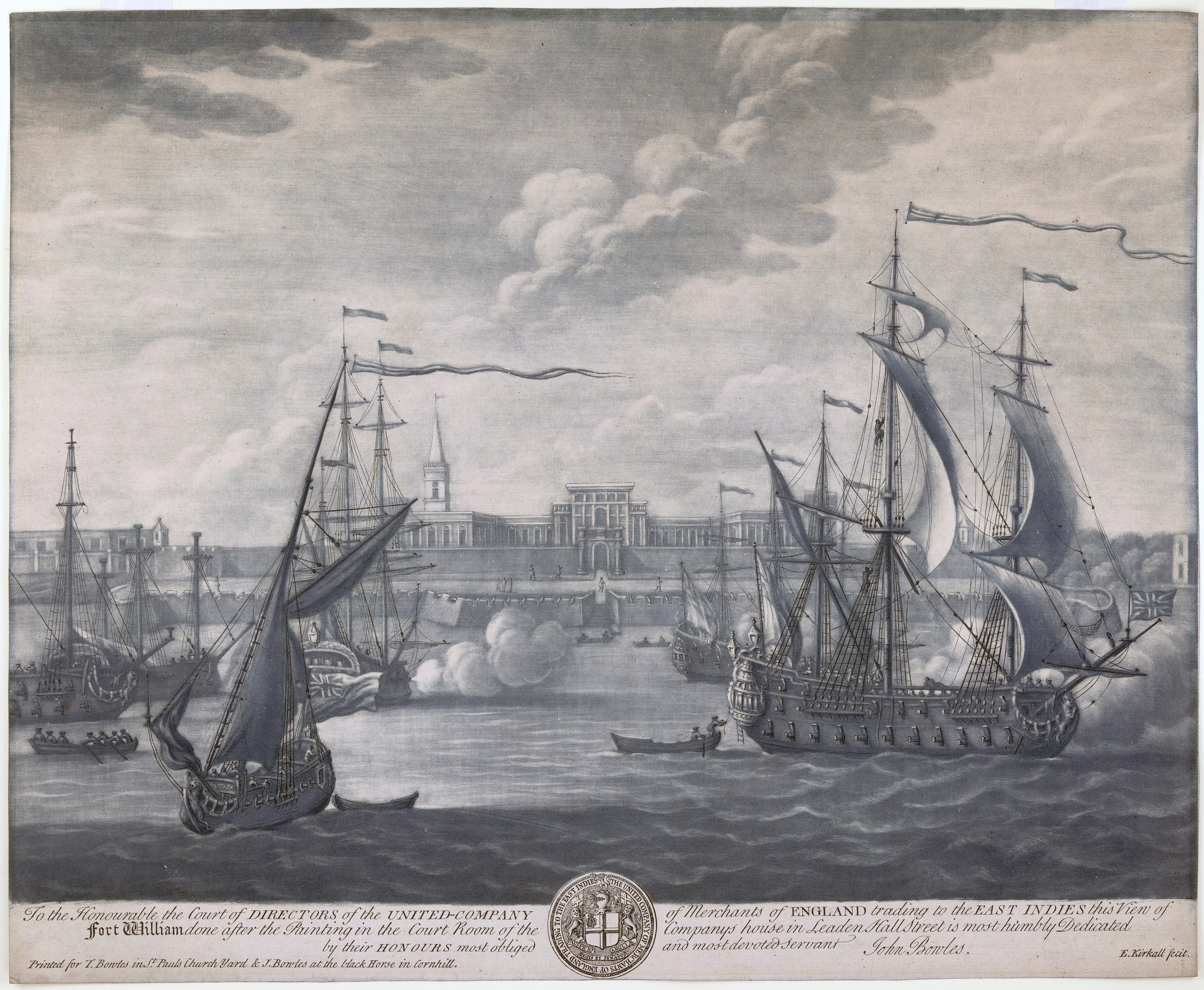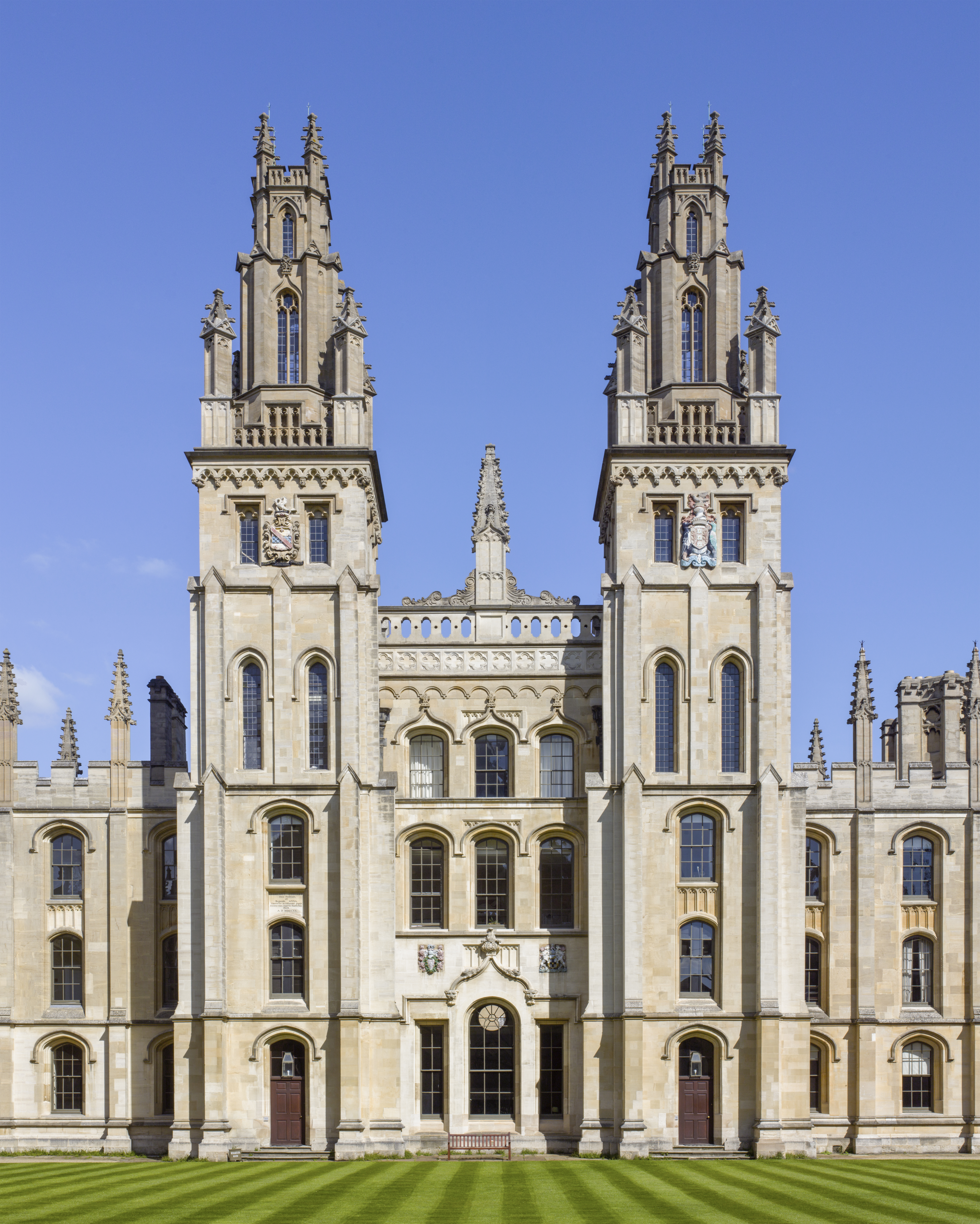|
Sir John Marshall
Sir John Hubert Marshall (19 March 1876, Chester, England – 17 August 1958, Guildford, England) was an English archaeologist who was Director-General of the Archaeological Survey of India from 1902 to 1928. He oversaw the excavations of Harappa and Mohenjodaro, two of the main cities that comprise the Indus Valley Civilisation. Personal history and career Marshall was at school at Dulwich College before King's College, Cambridge, where in 1898 he won the Porson Prize. He then trained in archaeology at Knossos under Sir Arthur Evans, who was rediscovering the Bronze Age Minoan civilization. In 1902, the new viceroy of India, Lord Curzon, appointed Marshall as Director-General of Archaeology within the British Indian administration. Marshall modernised the approach to archaeology on that continent, introducing a programme of cataloguing and conservation of ancient monuments and artefacts. Marshall began the practice of allowing Indians to participate in excavations in th ... [...More Info...] [...Related Items...] OR: [Wikipedia] [Google] [Baidu] |
Chester, England
Chester is a cathedral city and the county town of Cheshire, England. It is located on the River Dee, close to the English–Welsh border. With a population of 79,645 in 2011,"2011 Census results: People and Population Profile: Chester Locality"; downloaded froCheshire West and Chester: Population Profiles, 17 May 2019 it is the most populous settlement of Cheshire West and Chester (a unitary authority which had a population of 329,608 in 2011) and serves as its administrative headquarters. It is also the historic county town of Cheshire and the second-largest settlement in Cheshire after Warrington. Chester was founded in 79 AD as a "castrum" or Roman fort with the name Deva Victrix during the reign of Emperor Vespasian. One of the main army camps in Roman Britain, Deva later became a major civilian settlement. In 689, King Æthelred of Mercia founded the Minster Church of West Mercia, which later became Chester's first cathedral, and the Angles extended and strengthened ... [...More Info...] [...Related Items...] OR: [Wikipedia] [Google] [Baidu] |
Knighthood
A knight is a person granted an honorary title of knighthood by a head of state (including the Pope) or representative for service to the monarch, the Christian denomination, church or the country, especially in a military capacity. Knighthood finds origins in the Ancient Greece, Greek ''hippeis'' and ''hoplite'' (ἱππεῖς) and Ancient Rome, Roman ''Equites, eques'' and ''centurion'' of classical antiquity. In the Early Middle Ages in Europe, knighthood was conferred upon Equestrianism, mounted warriors. During the High Middle Ages, knighthood was considered a class of lower nobility. By the Late Middle Ages, the rank had become associated with the ideals of chivalry, a code of conduct for the perfect Court (royal), courtly Christian warrior. Often, a knight was a vassal who served as an elite fighter or a bodyguard for a lord, with payment in the form of land holdings. The lords trusted the knights, who were skilled in Horses in warfare, battle on horseback. Knighthood ... [...More Info...] [...Related Items...] OR: [Wikipedia] [Google] [Baidu] |
Excavation (archaeology)
In archaeology, excavation is the exposure, processing and recording of archaeological remains. An excavation site or "dig" is the area being studied. These locations range from one to several areas at a time during a project and can be conducted over a few weeks to several years. Excavation involves the recovery of several types of data from a site. This data includes artifacts (portable objects made or modified by humans), features (non-portable modifications to the site itself such as post molds, burials, and hearths), ecofacts (evidence of human activity through organic remains such as animal bones, pollen, or charcoal), and archaeological context (relationships among the other types of data).Kelly&Thomas (2011). ''Archaeology: down to earth'' (4th ed.). Belmont, Calif.: Wadsworth, Cengage Learning. Before excavating, the presence or absence of archaeological remains can often be suggested by, non-intrusive remote sensing, such as ground-penetrating radar. Basic inf ... [...More Info...] [...Related Items...] OR: [Wikipedia] [Google] [Baidu] |
British India
The provinces of India, earlier presidencies of British India and still earlier, presidency towns, were the administrative divisions of British governance on the Indian subcontinent. Collectively, they have been called British India. In one form or another, they existed between 1612 and 1947, conventionally divided into three historical periods: *Between 1612 and 1757 the East India Company set up factories (trading posts) in several locations, mostly in coastal India, with the consent of the Mughal emperors, Maratha Empire or local rulers. Its rivals were the merchant trading companies of Portugal, Denmark, the Netherlands, and France. By the mid-18th century, three ''presidency towns'': Madras, Bombay and Calcutta, had grown in size. *During the period of Company rule in India (1757–1858), the company gradually acquired sovereignty over large parts of India, now called "presidencies". However, it also increasingly came under British government oversight, in effect shar ... [...More Info...] [...Related Items...] OR: [Wikipedia] [Google] [Baidu] |
Lord Curzon
George Nathaniel Curzon, 1st Marquess Curzon of Kedleston, (11 January 1859 – 20 March 1925), styled Lord Curzon of Kedleston between 1898 and 1911 and then Earl Curzon of Kedleston between 1911 and 1921, was a British Conservative statesman who served as Viceroy of India from 1899 to 1905. During the First World War, Curzon was Leader of the House of Lords and from December 1916 served in the small War Cabinet of Prime Minister David Lloyd George and in the War Policy Committee. He went on to serve as Secretary of State for Foreign Affairs at the Foreign Office from 1919 to 1924. In 1923, Curzon was a contender for the office of Prime Minister, but Bonar Law and some other leading Conservatives preferred Stanley Baldwin for the office. Early life Curzon was the eldest son and the second of the eleven children of Alfred Curzon, 4th Baron Scarsdale (1831–1916), who was the Rector of Kedleston in Derbyshire. George Curzon's mother was Blanche (1837–1875), th ... [...More Info...] [...Related Items...] OR: [Wikipedia] [Google] [Baidu] |
Viceroy Of India
The Governor-General of India (1773–1950, from 1858 to 1947 the Viceroy and Governor-General of India, commonly shortened to Viceroy of India) was the representative of the monarch of the United Kingdom and after Indian independence in 1947, the representative of the British monarch. The office was created in 1773, with the title of Governor-General of the Presidency of Fort William. The officer had direct control only over Fort William but supervised other East India Company officials in India. Complete authority over all of British territory in the Indian subcontinent was granted in 1833, and the official came to be known as the "Governor-General of India". In 1858, because of the Indian Rebellion the previous year, the territories and assets of the East India Company came under the direct control of the British Crown; as a consequence, the Company rule in India was succeeded by the British Raj. The governor-general (now also the Viceroy) headed the central government ... [...More Info...] [...Related Items...] OR: [Wikipedia] [Google] [Baidu] |
Gregory Possehl
Gregory Louis Possehl (July 21, 1941 – October 8, 2011) was a professor emeritus of anthropology at the University of Pennsylvania and curator of the Asian Collections at the University of Pennsylvania Museum of Archaeology and Anthropology. He was involved in excavations of the Indus Valley civilization in India and Pakistan since 1964, and was an author of many books and articles on the Indus Civilization and related topics. He received his BA in anthropology from the University of Washington in 1964, his MA in anthropology from the University of Washington in 1967, and his PhD in anthropology from the University of Chicago in 1974. He conducted major excavations in Gujarat ( Rojdi, Babar Kot and Oriyo Timbo), Rajasthan (Gilund), and in January 2007, began an excavation at the UNESCO World Heritage site of Bat in the Sultanate of Oman. He was an exponent of the view that the culture of the Vedic period is a direct successor of the Indus Valley Civilization. In his bo ... [...More Info...] [...Related Items...] OR: [Wikipedia] [Google] [Baidu] |
Minoan Civilization
The Minoan civilization was a Bronze Age Aegean civilization on the island of Crete and other Aegean Islands, whose earliest beginnings were from 3500BC, with the complex urban civilization beginning around 2000BC, and then declining from 1450BC until it ended around 1100BC, during the early Greek Dark Ages, part of a wider bronze age collapse around the Mediterranean. It represents the first advanced civilization in Europe, leaving behind a number of massive building complexes, Minoan art, sophisticated art, and writing systems. Its economy benefited from a network of trade around much of the Mediterranean. The civilization was rediscovered at the beginning of the 20th century through the work of British archaeologist Sir Arthur Evans. The name "Minoan" derives from the mythical Minos, King Minos and was coined by Evans, who identified the site at Knossos with the labyrinth of the Minotaur. The Minoan civilization has been described as the earliest of its kind in Europe, and his ... [...More Info...] [...Related Items...] OR: [Wikipedia] [Google] [Baidu] |
Sir Arthur Evans
Sir Arthur John Evans (8 July 1851 – 11 July 1941) was a British archaeologist and pioneer in the study of Aegean civilization in the Bronze Age. He is most famous for unearthing the palace of Knossos on the Greek island of Crete. Based on the structures and artifacts found there and throughout the eastern Mediterranean, Evans found that he needed to distinguish the Minoan civilisation from Mycenaean Greece. Evans was also the first to define Cretan scripts Linear A and Linear B, as well as an earlier pictographic writing. Biographical background Family Arthur Evans was born in Nash Mills, Hemel Hempstead, Hertfordshire, England, the first child of John Evans (1823–1908) and Harriet Ann Dickinson (born 1824), the daughter of John's employer, John Dickinson (1782–1869), the inventor and founder of Messrs John Dickinson, a paper mill. John Evans came from a family of men who were both educated and intellectually active but undistinguished by either wealth or ari ... [...More Info...] [...Related Items...] OR: [Wikipedia] [Google] [Baidu] |
Porson Prize
The Porson Prize is an award for Greek verse composition at the University of Cambridge. It was founded in honor of classical scholar Richard Porson and was first awarded in 1817. Winners are known as "Porson prizemen". Winners of the Porson Prize *1817: George James Pennington ( King's) for '' 2 Henry IV'' 3.1. *1818: William Sidney Walker (Trinity) for ''Henry VIII'' 3.2. *1819: Horatio Waddington (Trinity) for ''Coriolanus'' 5.3. *1820: William Henry Fox Talbot (Trinity) for ''Macbeth'' 1.7. *1821: William Foster Barham (Trinity) for ''Othello'' 1.3. *1822: William Foster Barham (Trinity) for ''Julius Cæsar'' 4.3. **Second prize: C. Wimberly (St. John's). *1823: Benjamin Hall Kennedy ( St. John's) for ''Henry VIII'' 5.4. *1824: Benjamin Hall Kennedy (St. John's) for ''Merchant of Venice'' 4.1. *1825: John Hodgson (Trinity) for ''King John'' 4.2. *1826: Benjamin Hall Kennedy (Trinity) for ''King John'' 3.3. **Second prize: John Wordsworth (Trinity). *1827: John Wordsworth (T ... [...More Info...] [...Related Items...] OR: [Wikipedia] [Google] [Baidu] |
Dulwich College
Dulwich College is a 2–19 independent, day and boarding school for boys in Dulwich, London, England. As a public school, it began as the College of God's Gift, founded in 1619 by Elizabethan actor Edward Alleyn, with the original purpose of educating 12 poor scholars. It began to grow into a large school from 1857, and took its current form in 1870 when it moved into its current premises. Admission by examination is mainly into years 3, 7, 9, and 12 (i.e. ages 7, 11, 13, and 16 years old) to the Junior, Lower, Middle and Upper Schools into which the college is divided. It is a member of both the Headmasters' and Headmistresses' Conference and the Eton Group. History 1619: The College of God's Gift On 21 June 1619 the College of God's Gift was established in Dulwich by Edward Alleyn with the signing letters patent by James I.Hodges, S. (1981), ''God's Gift: A Living History of Dulwich College'', pp. 3–5 (Heinemann: London). The term "Dulwich College" was used coll ... [...More Info...] [...Related Items...] OR: [Wikipedia] [Google] [Baidu] |
Indus Valley Civilisation
The Indus Valley Civilisation (IVC), also known as the Indus Civilisation was a Bronze Age civilisation in the northwestern regions of South Asia, lasting from 3300 Common Era, BCE to 1300 BCE, and in its mature form 2600 BCE to 1900 BCE. Together with ancient Egypt and Mesopotamia, it was one of three early civilisations of the Near East and South Asia, and of the three, the most widespread. Its sites spanned an area from much of Pakistan, to northeast Afghanistan, and northwestern India. The civilisation flourished both in the alluvial plain of the Indus River, which flows through the length of Pakistan, and along a system of perennial monsoon-fed rivers that once coursed in the vicinity of the Ghaggar-Hakra River, Ghaggar-Hakra, a seasonal river in northwest India and eastern Pakistan. The term ''Harappan'' is sometimes applied to the Indus civilisation after its type site Harappa, the first to be excavated early in the 20th century in what was ... [...More Info...] [...Related Items...] OR: [Wikipedia] [Google] [Baidu] |





.jpg)


